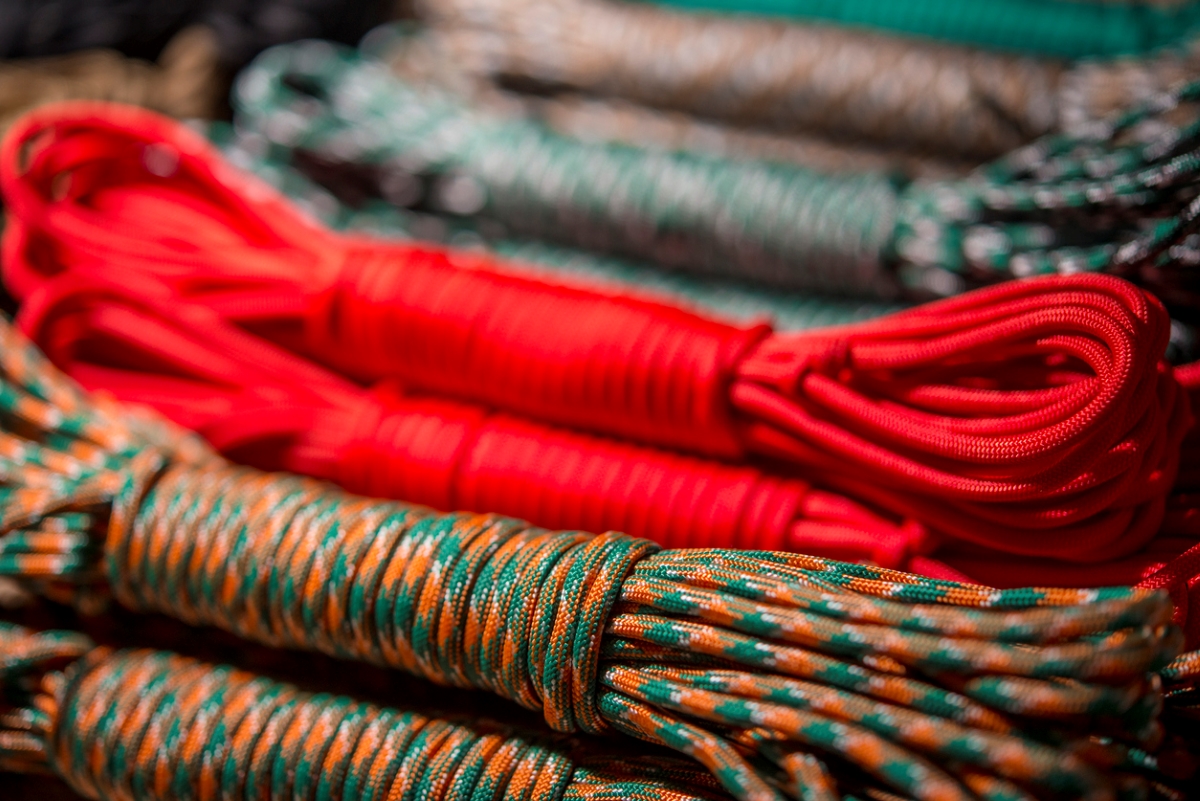We may earn revenue from the products available on this page and participate in affiliate programs. Learn More ›
Paracord takes its name from a contraction of “parachute cord.” First used as suspension lines for parachutes during World War II, paracord is a type of kernmantle rope comprised of up to nine separate cords that are surrounded by a braided nylon or polyester sheath. Paracord is light, flexible, and extremely strong. This type of rope is also known as 550 cord because it can hold a 550-pound deadweight.
During the war, American paratroopers discovered that the paracord they had cut away from their chutes was great for securing tarps and tents, tying gear onto packs, and making temporary rifle slings. In emergencies, it could be used with splints to support broken limbs. When cut apart, paracord’s strong individual strands could be used for snares or fishing line.
After World War II, paracord entered the civilian market, first as military surplus. This lightweight rope grew popular due to its strength and versatility. Once the material was declassified by the military, its use quickly proliferated. Now mainstream, paracord has many uses around the home and in the garden and yard. Read on for plenty of good reasons to keep hanks of it on hand.
1. Bracelets and Other Accessories
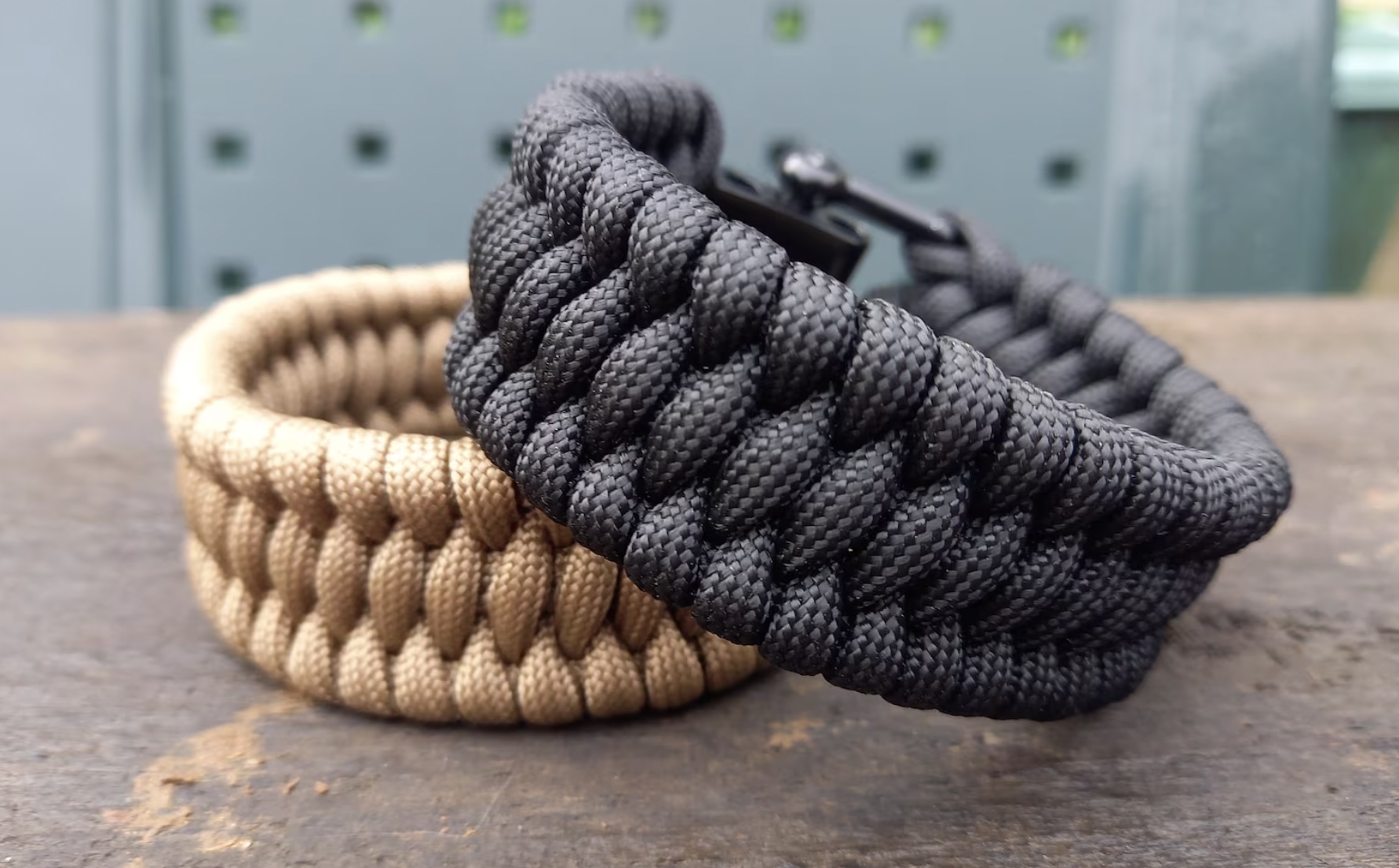
Paracord comes in many colors and can be crafted into any number of stylish accessories. Paracord bracelets are popular because they’re dead useful: The bracelets can be unraveled if you find yourself in urgent need of cord, and the clasps of some commercially made paracord bracelets also have emergency flints built in. Belts, too, can be made of 550 cord; if you crochet, you can make chic bags and purses.
2. Koozies
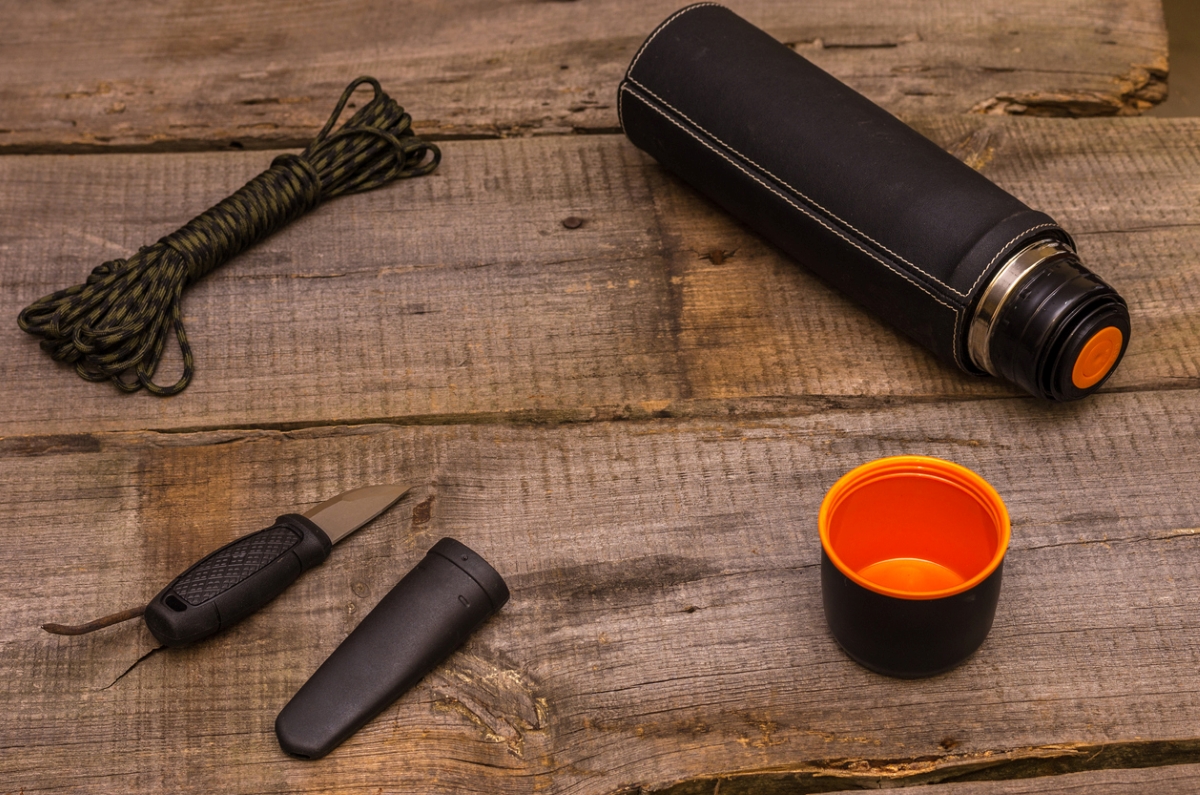
If you know a few knots (or want to learn some), it takes no time at all to rig up a carrier for your favorite canned beverage. You can easily add a strap to hang it around your neck or from your shoulder. A more closely woven version can be used as a protective cover for sports bottles and adds a layer of insulation so drinks stay cool a while longer.
3. Light-Use Tow Rope
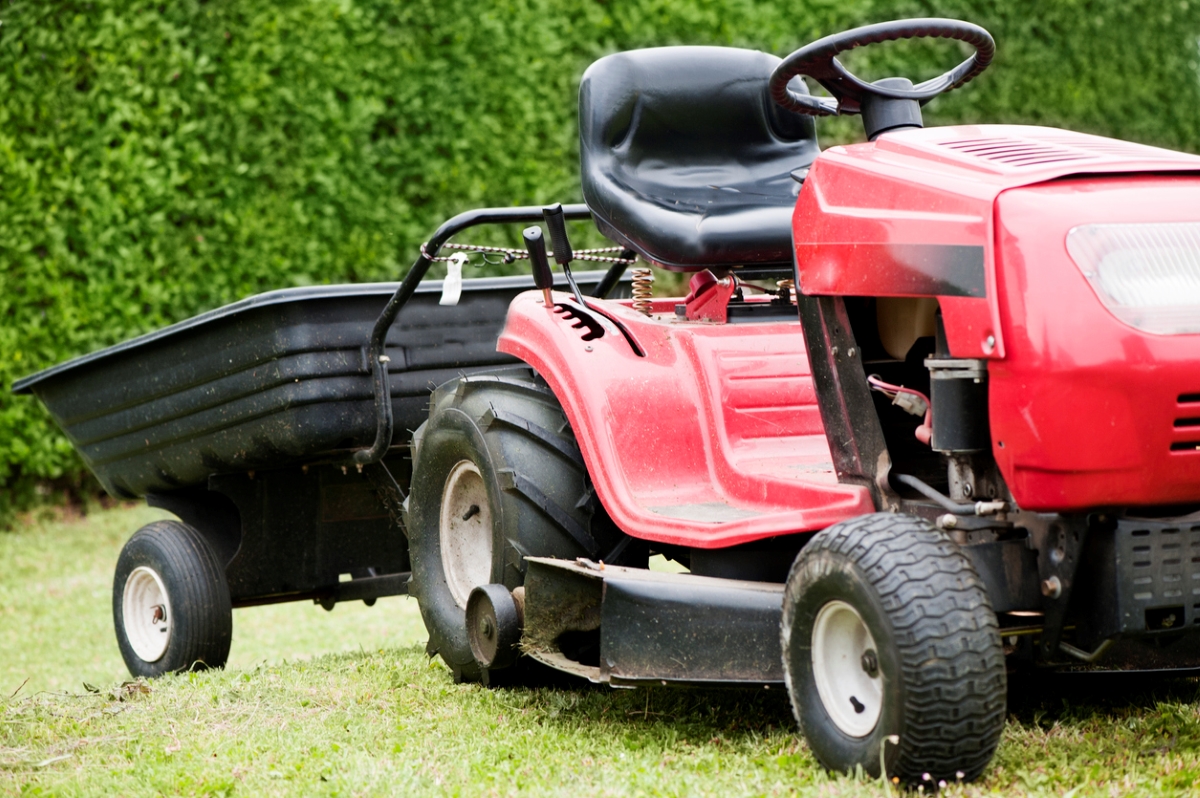
Although it’s not a replacement for a proper tow rope or chain, paracord can be a handy alternative for towing things around the yard. It can be used with a winch for lifting and moving heavy objects around (with full attention to safety, of course). Paracord can also serve as a durable replacement if the pull cord breaks on a lawn mower, chainsaw, or portable generator.
4. Grips
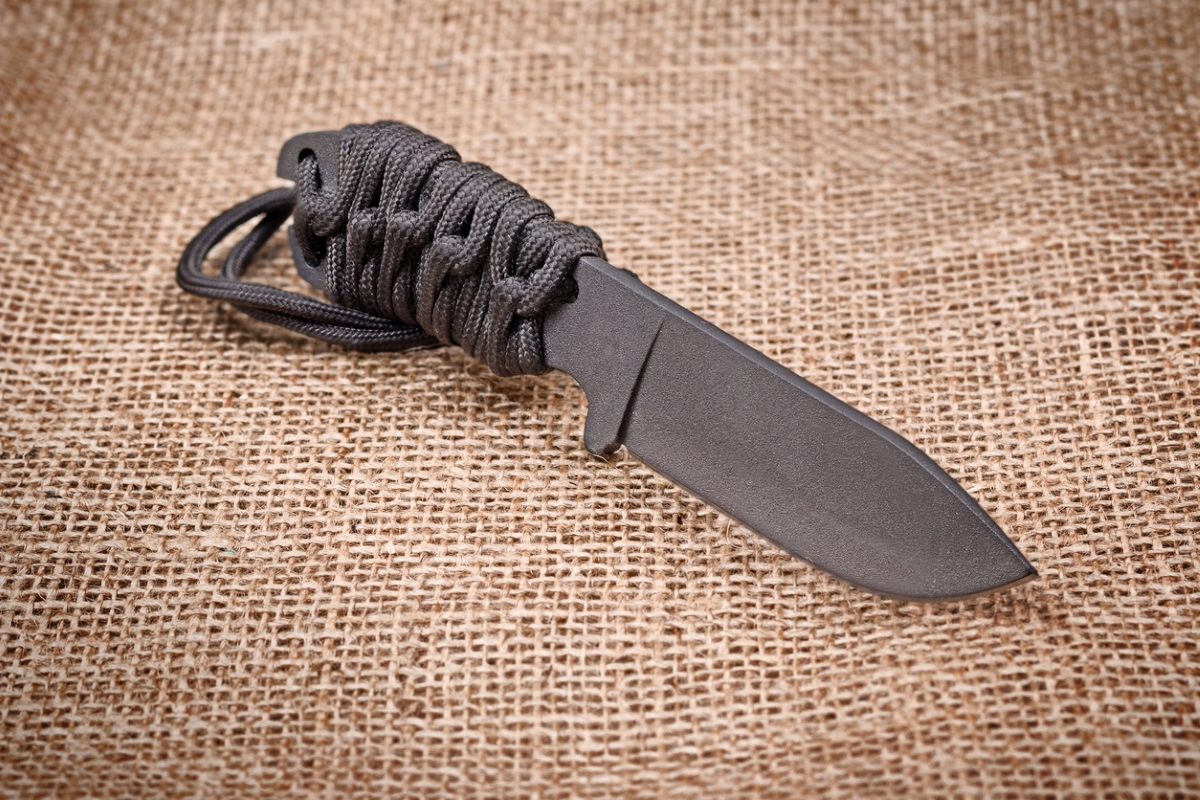
Some hunting and utility knives have slender handles that aren’t easy to grip, and over time the handle of a favorite hunting knife may just wear smooth. Wrapping that handle in paracord makes for a much more secure hold. This also works with bucket handles and garden forks or spades. Wherever more bulk will benefit grip, paracord can be a quick and easy solution. Handles bulked up in this way can also be gripped more easily by those who have limited hand strength.
5. Macramé
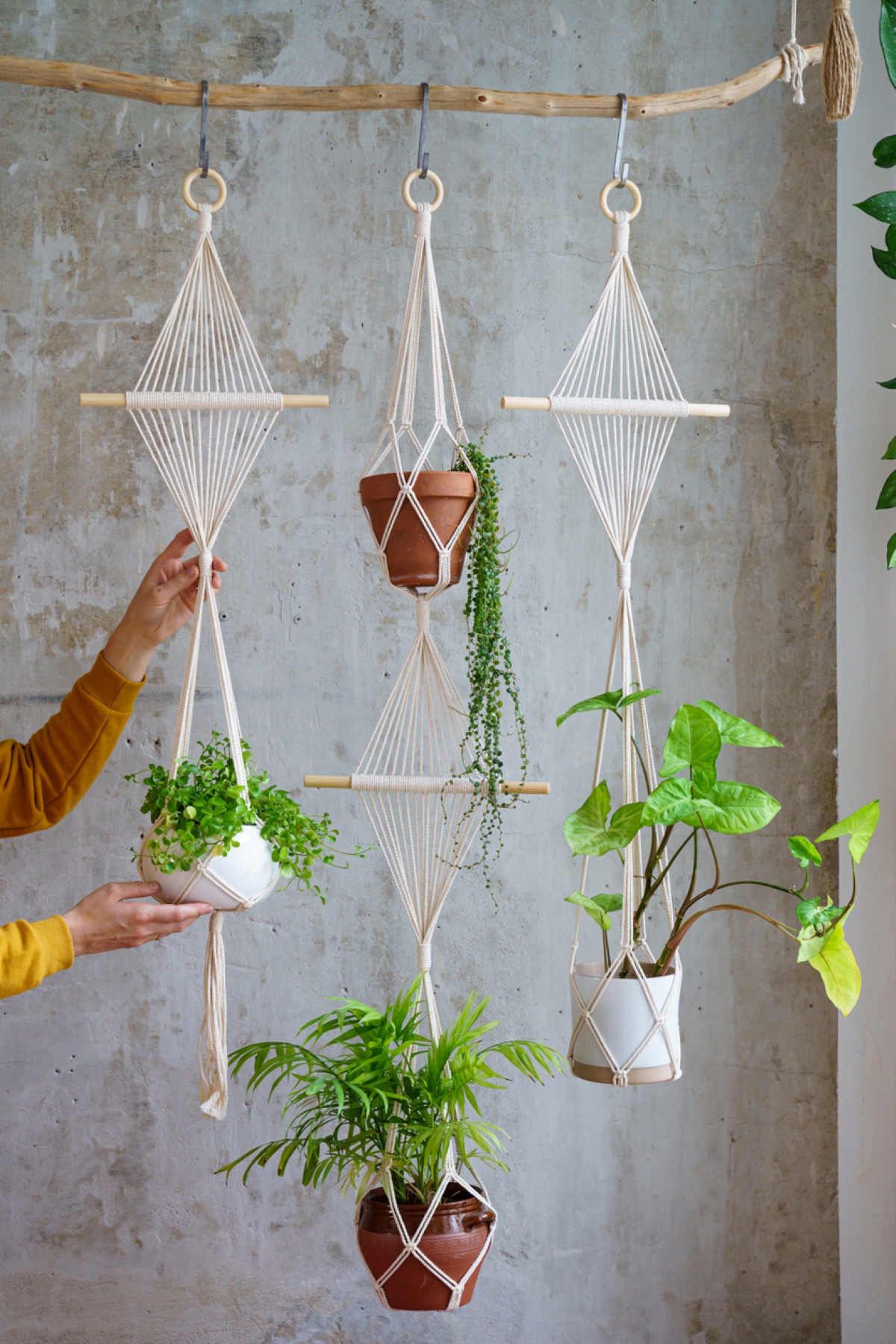
Paracord is an ideal material for macramé (decorative knot work), which has long been popular for making all kinds of ornamental and useful items. The combination of tough paracord and attractive knotted patterns is particularly good for hanging plant holders, and thanks to paracord’s weather resistance, these can be used indoors or out. Learn more about this absorbing craft in Chrysteen Borja’s book, Macramé Plant Hangers.
RELATED: 10 Types of Rope All DIYers Should Know
6. Tying Up for Storage
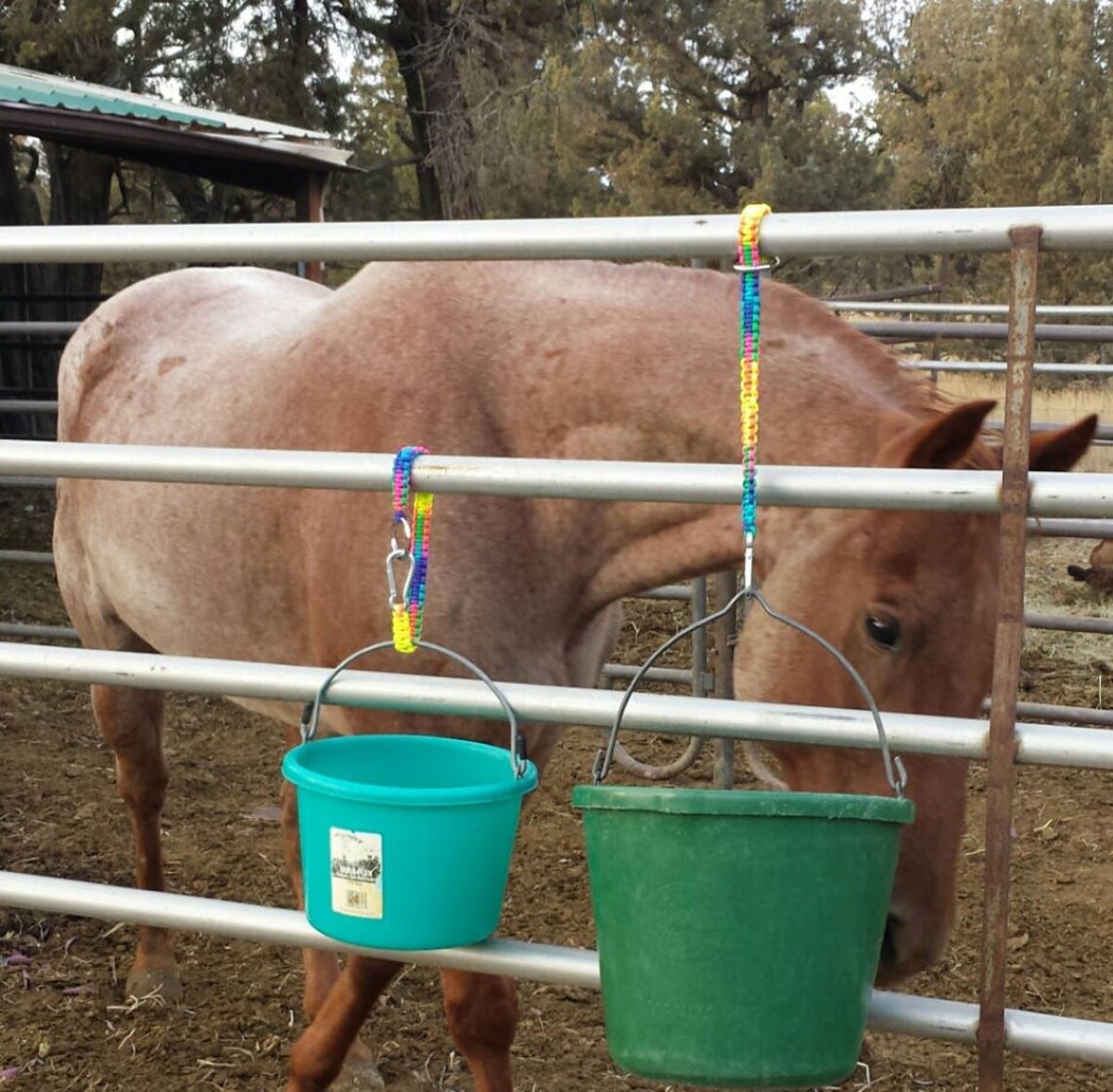
Enthusiastic DIYers, gardeners, and those with home workshops will find plenty of uses for parachute cord. This sturdy rope leaves other contenders in the dust: Hemp- and sisal-based products are prone to wear and don’t do well in damp environments, while ordinary nylon frays easily and can cause unpleasant burns. Whether you’re bundling things away in the garage or hanging items from roof beams to clear floor space, paracord’s suppleness and strength is just the ticket.
7. Straps and Supports
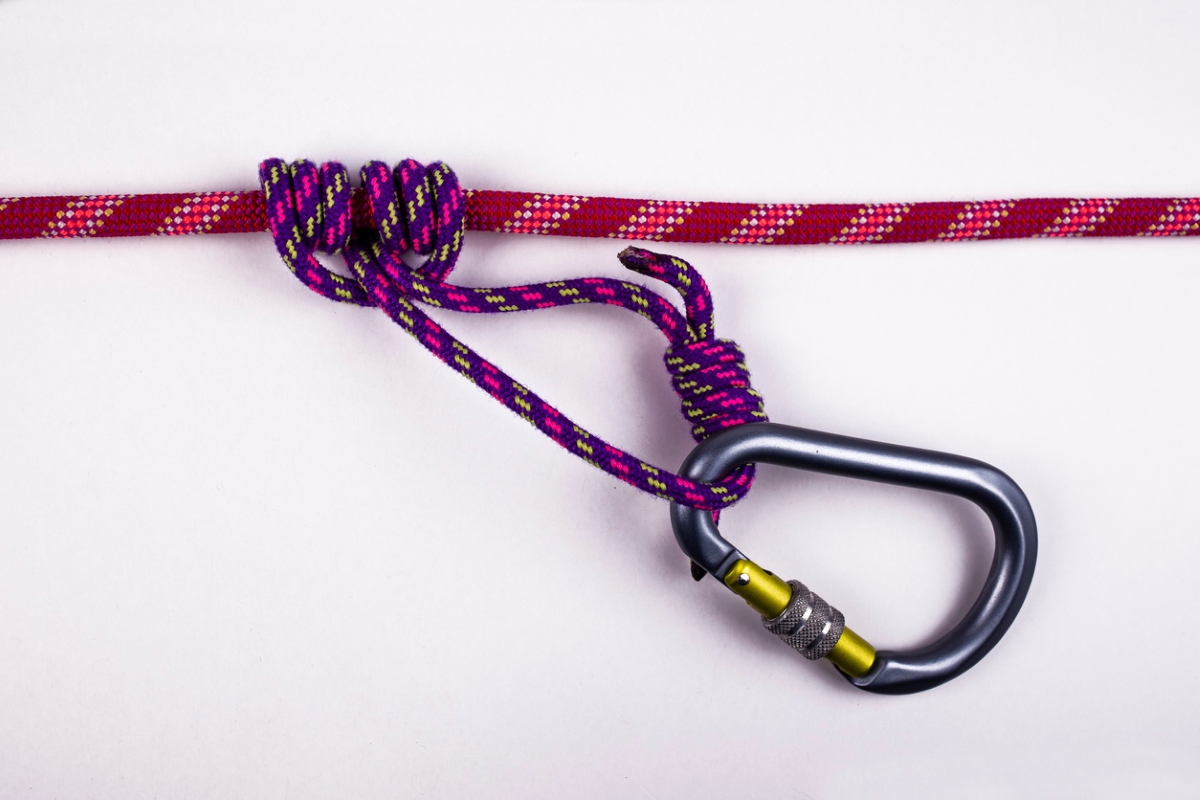
Paracord’s high load-bearing capabilities make it a useful replacement for all kinds of broken handles and straps. It’s also great for training climbing plants, particularly for bridging a gap between young plants and trellises.
8. Quick Garden Fixes
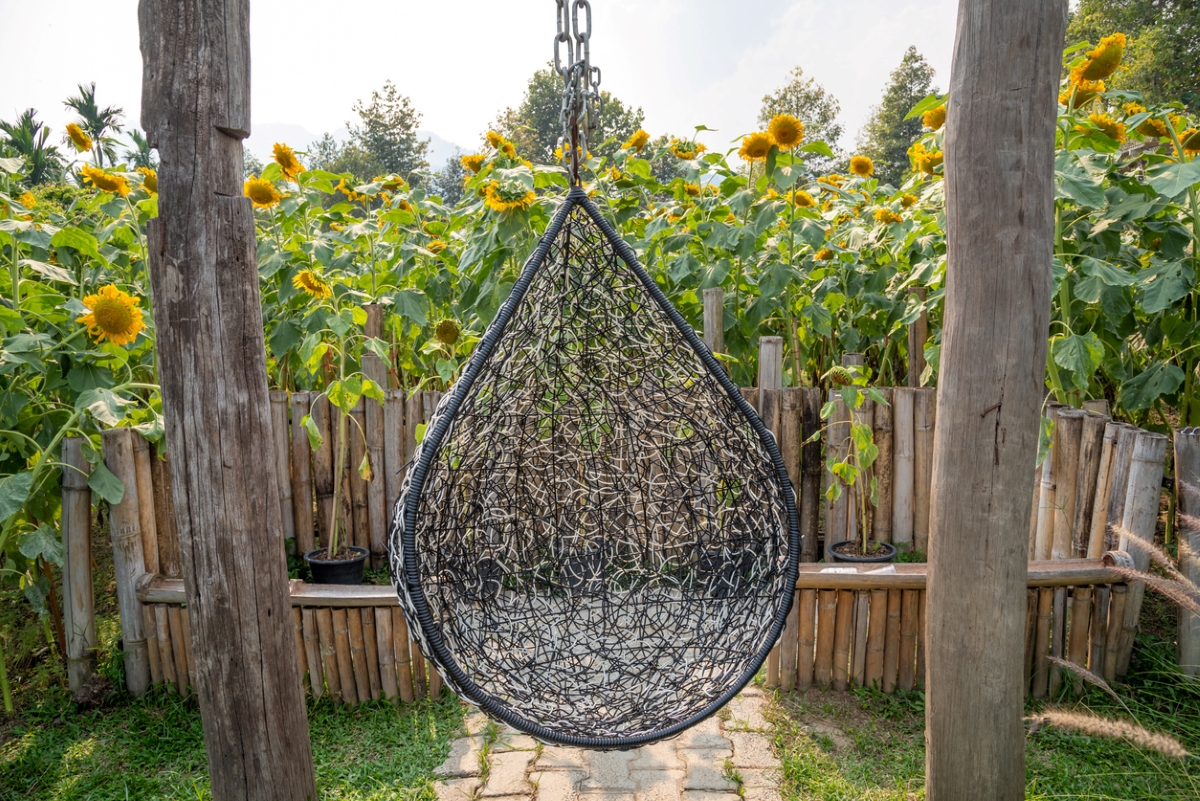
There are plenty of uses for paracord in the garden, not least of which is as a temporary repair for broken gates or fences. If you’re low on tomato cages and trellises, try tying strands of paracord from the roof beams in a greenhouse to help support climbing tomatoes. On the fun side, with just a few knots paracord can quickly lash up a bath towel or blanket to create a camp chair or hammock. The adventurous might even want to try constructing a tree net.
RELATED: 12 Clever Ways to Make Your Own DIY Hammock
9. Knot Practice
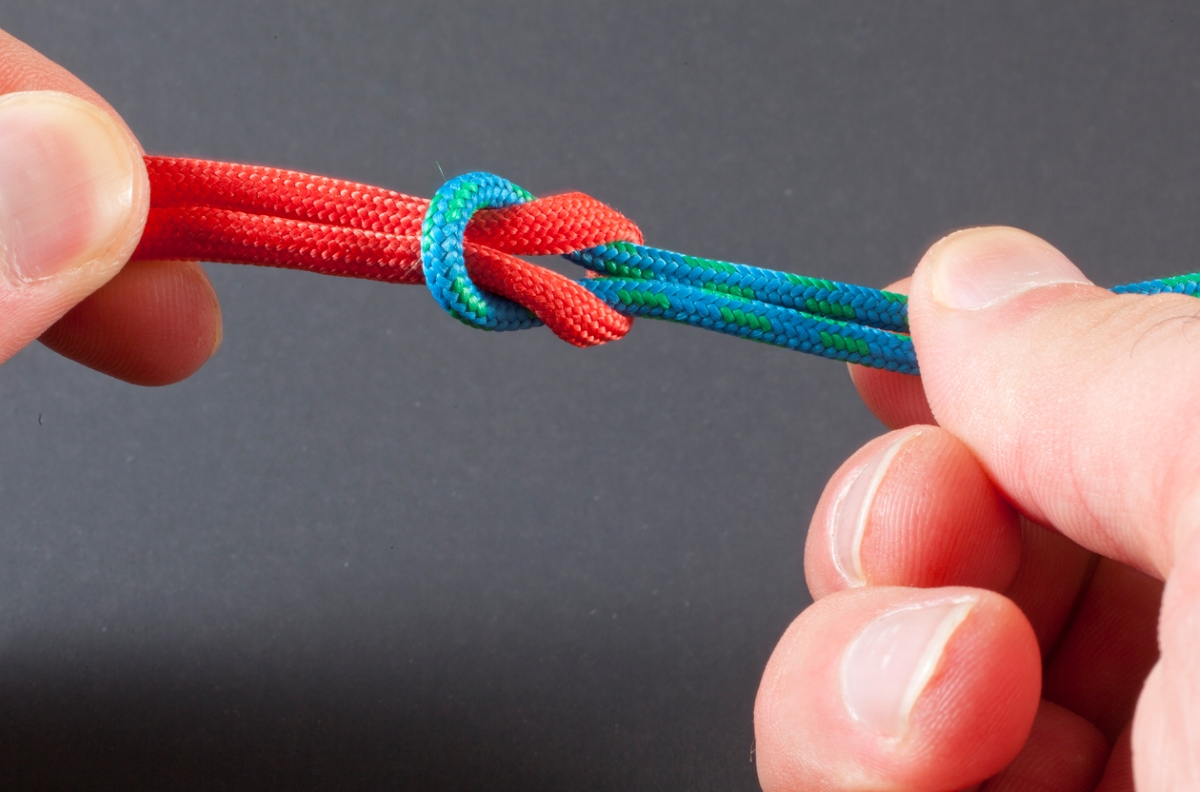
The art of macramé celebrates the decorative aspects of knots, but knots serve important practical purposes too, whether you’re working around the house, off on a road trip, or camping out. The ability to tie a variety of knots and understand how to use them in survival or emergency situations is valuable at any age. Adults who aren’t already proficient in knot tying can learn right along with their kids.
RELATED: 10 Types of Knots All DIYers Should Know
10. Dog Leash

With a little work and some low-cost hardware (like snap hooks and D rings), it’s not difficult to make a light but strong dog leash that is unique to your pet. Paracord has some elasticity, so if your hound suddenly takes off after the neighbor’s cat, you should get enough warning to brace yourself. You can even make a matching collar so your pooch can be stylishly coordinated.
11. Artwork
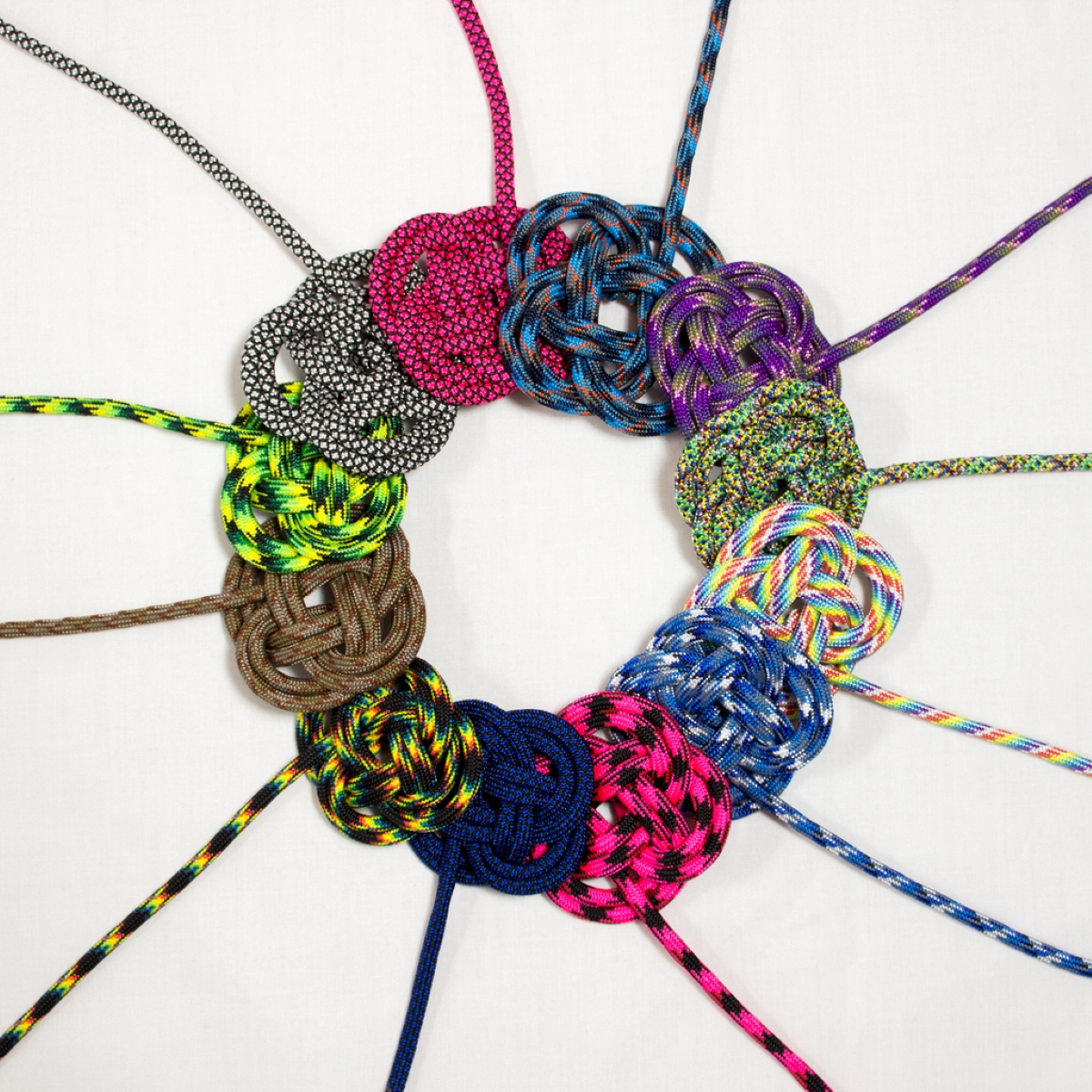
Does paracord always need to be useful? With a wide color palette to experiment with, there are plenty of opportunities to get creative. Paracord can help transform a piece of plywood into an impressive upscale work of nail art. Want an animal sculpture? Weave or simply hang strands of paracord from a wire frame to create dogs, bears, or any of our furry friends.
12. Shoelaces
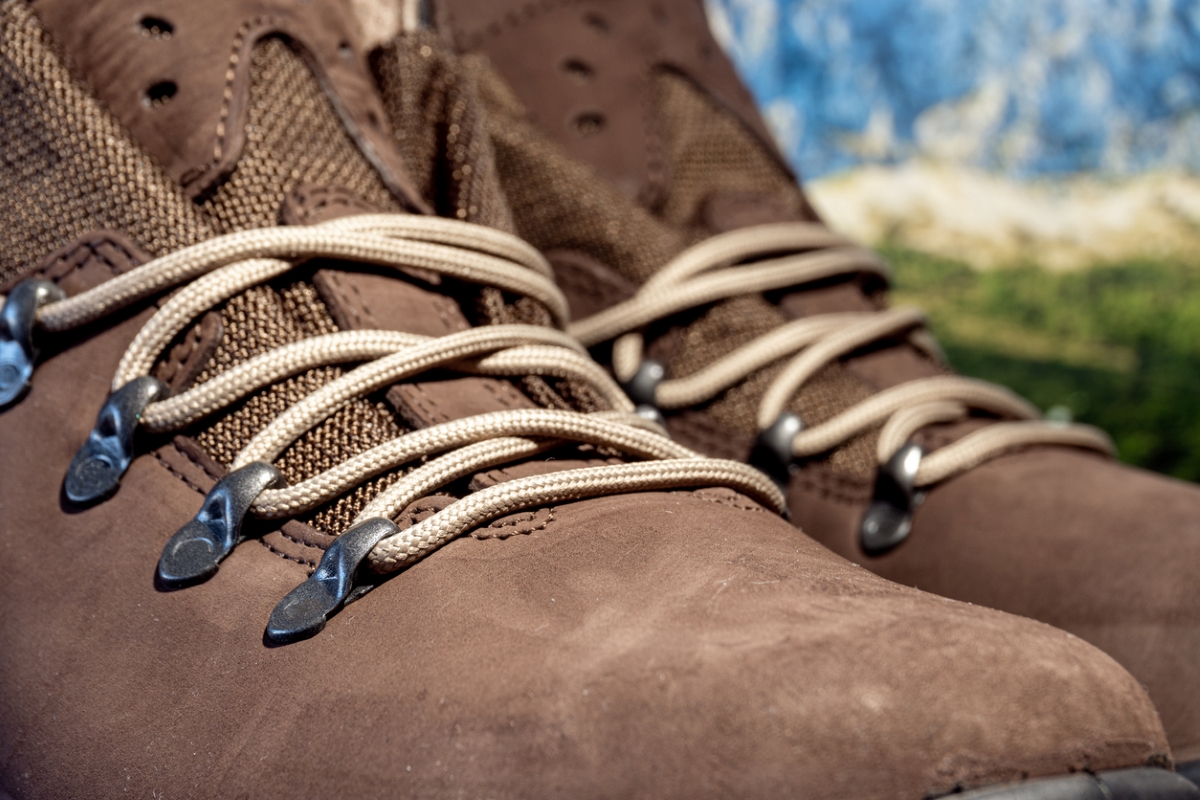
Most of us don’t have spare shoelaces on hand when disaster strikes and a shoelace breaks. For a quick repair, cut some paracord to length and use it to replace the broken lace. In fact, paracord is so strong and flexible, it’s not a bad idea to switch out those stock shoelaces on your work boots or hikers for paracord so you don’t have to deal with a broken shoelace while out in the field.
13. Wicker Seat Repair
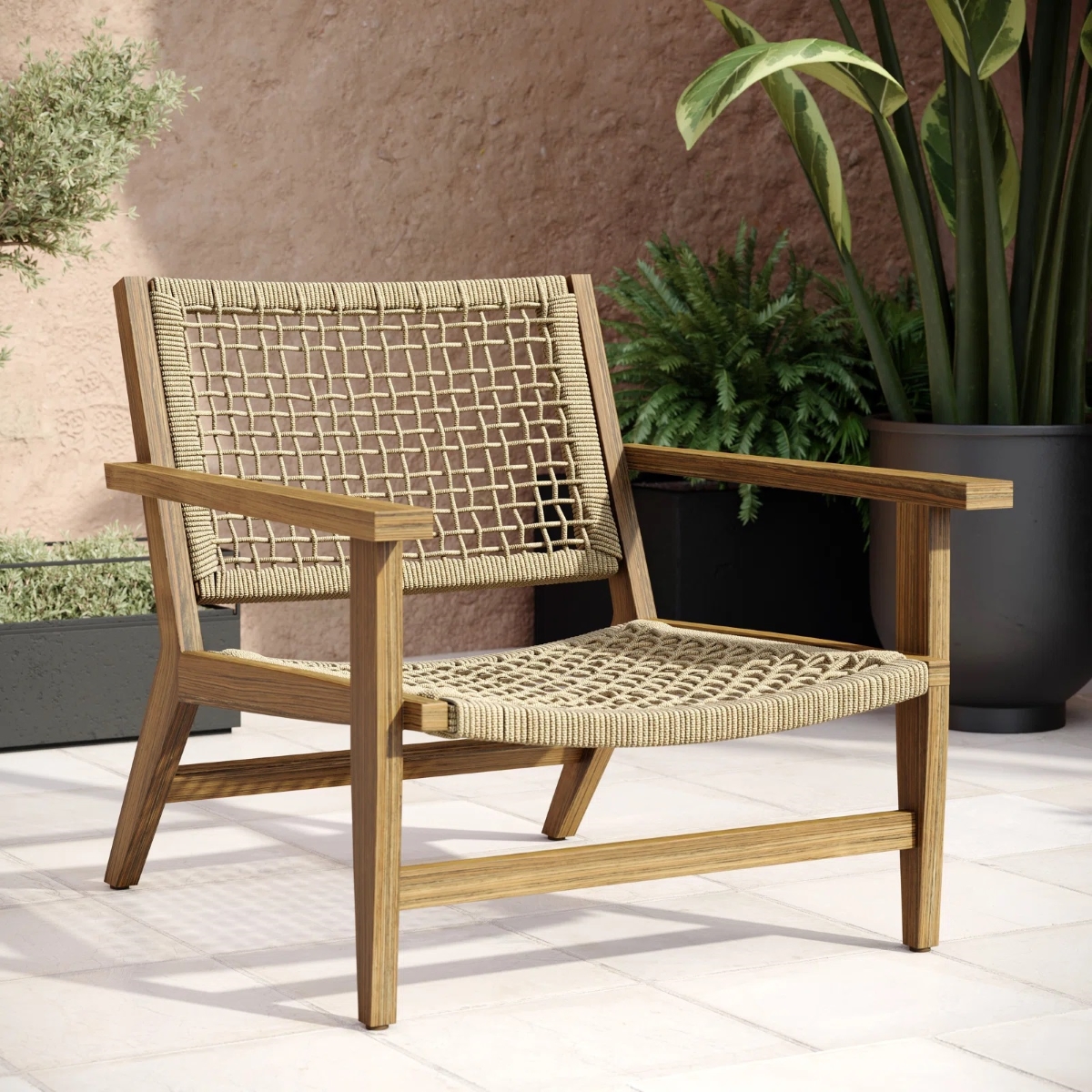
Over time, the seats on wicker chairs wear out and give way, especially if that furniture spends time outdoors. By the time these seats give out they may be beyond repair, but the chair frame is often still intact. Rather than throw out the whole thing, save the chair frame and re-create the seat by weaving paracord around the frame. Use a single color or intertwine multiple colors to form an interesting pattern.
14. Garden Trellis
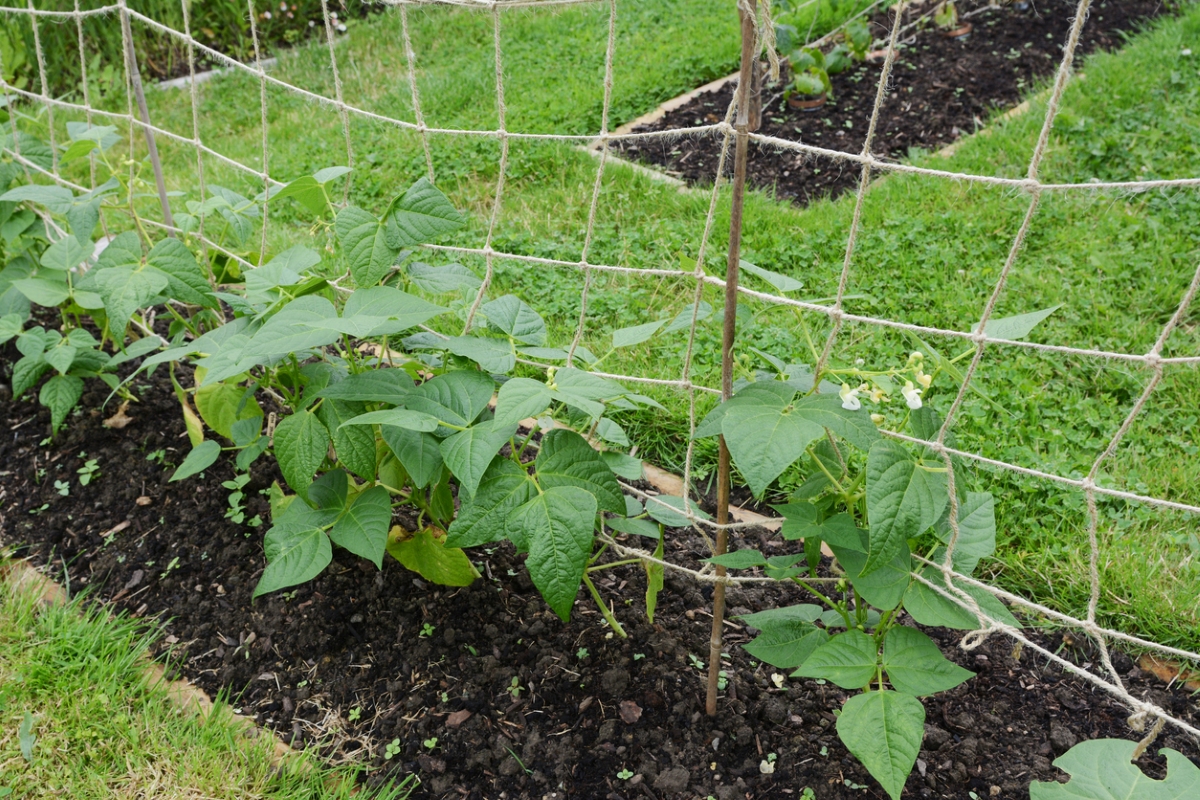
Put your paracord to use in the garden by training veggies upward. Weave the paracord together into netting, and then attach that netting to a wood frame to create a sturdy trellis. Because paracord is much stronger and more weather-resistant than standard gardening twine or netting, it’s an ideal choice for supporting cucumbers, tomatoes, and other vegetables.
15. Clothesline
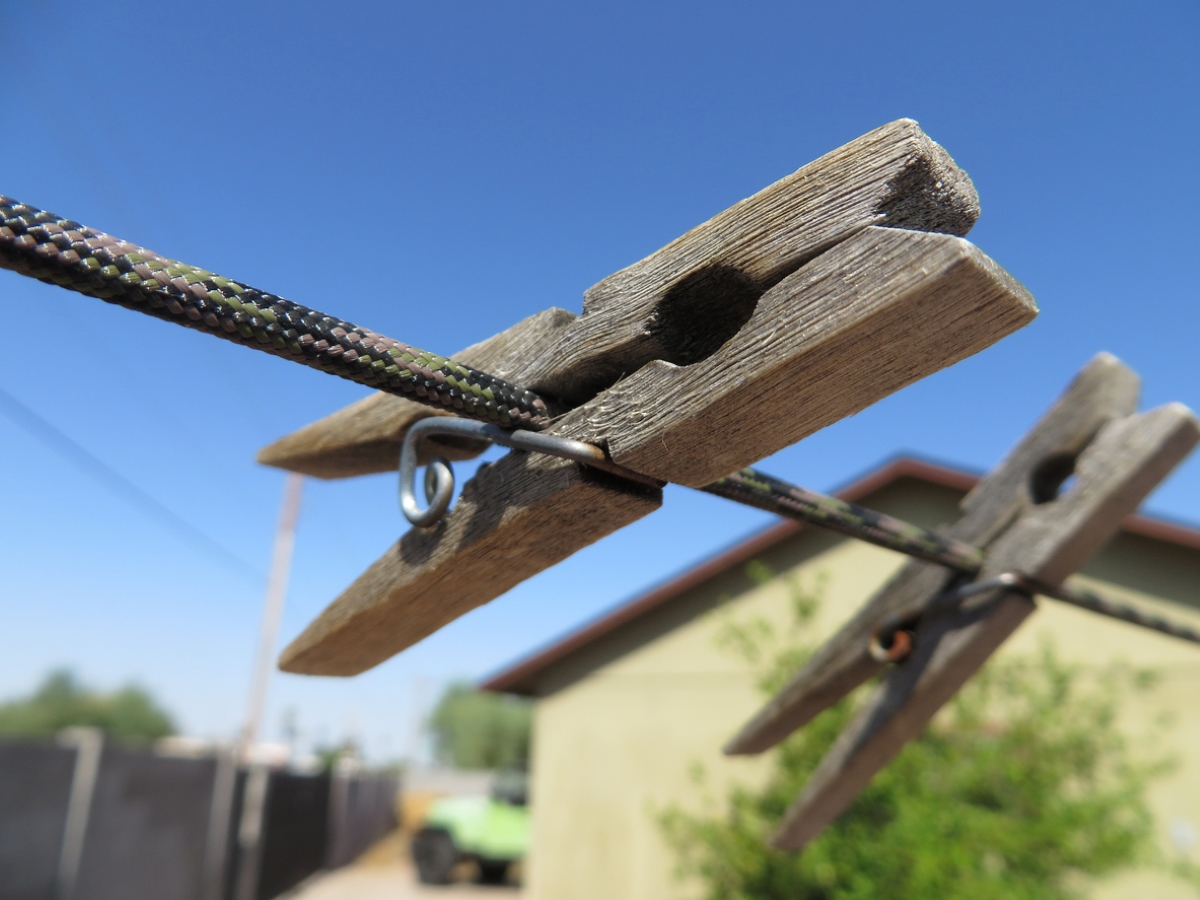
These days, most of us throw our wet clothes into the dryer after they come out of the washing machine, but some items are too large or too delicate to go in the dryer. For these, set up a clothesline in your backyard by stringing up a length of paracord between two stout trees. Since paracord has such high tensile strength, it can handle the weight of a wet king-sized quilt.

